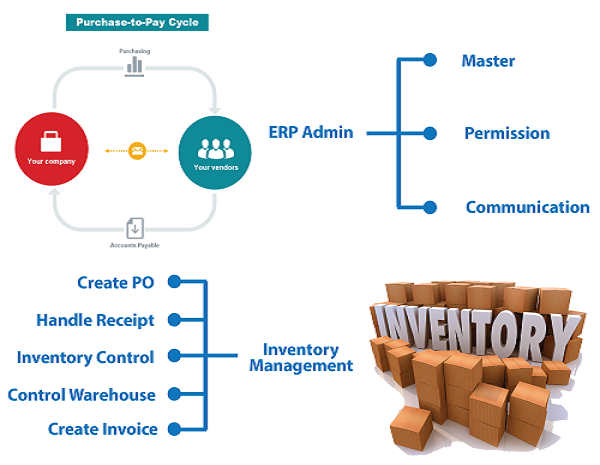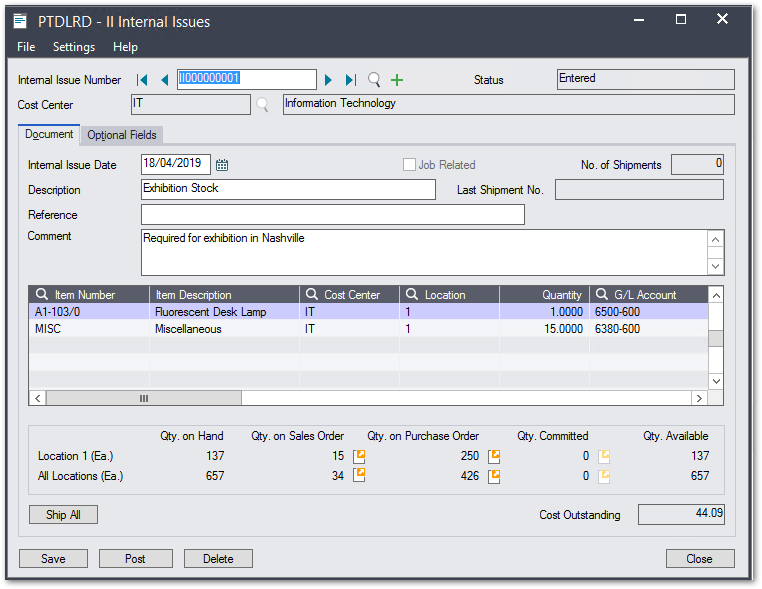

You also need effective ways to meet regulatory requirements, manage the intricacies of different currencies and tax rates, and integrate your AP processes with your existing software environment (e.g., enterprise resource planning (ERP) software, office and productivity suites, etc.).įinding ways to streamline these workflows and improve your vendor invoice management metrics is more important than ever to competing effectively in today’s complex global economy. Maximizing the efficiency of your invoice management (and payable processes in general) is about more than metrics, of course. Along with average invoice processing time (i.e., the invoice lifecycle), number of exceptions, and number of invoices received electronically, tracking CPI helps you identify areas in need of improvement. The average cost of processing an invoice (often abbreviated to CPI) is one of several metrics used to evaluate the overall efficiency and efficacy of a company’s vendor invoice management. But costs can vary wildly, and some businesses may pay as much as $40 to process a single invoice. And in a world where an estimated 90% of all businesses still process paper invoices and perform data entry manually, every duplication of effort, every invoice that can’t be matched to a purchase order, and every error or exception all translate to additional costs and reduced productivity.Īccording to 2020 research conducted by Ardent Partners, the average cost of processing a single invoice (including all tech, overhead, and labor costs) was $10.89.
#Internal invoice and inventory software manual
Sadly, things can get complicated quite quickly when you’re dealing with manual workflows (including the approval process and invoice matching) and paper invoices. It doesn’t seem very complex at all: A vendor sends an invoice, accounts payable receives it and makes sure it’s legitimate, then pays the supplier and adds the transaction to the company’s financial records. Why Effective Vendor Invoice Management Matters With the right tools and techniques, you can trim the waste from your workflows, eliminate delays and errors, and make sure your accounts payable team is making timely, accurate, and complete payments to your suppliers. That said, optimizing your invoice management doesn’t have to be difficult or frustrating.

Unfortunately, the vendor invoice management process isn’t always as smooth or speedy as it could be.

Whether you call it vendor invoice management, supplier invoice processing, or simply paying the bills, meeting your obligations to your suppliers with timely and accurate payments is essential to maintaining both strong vendor relationships and your company’s financial health.


 0 kommentar(er)
0 kommentar(er)
